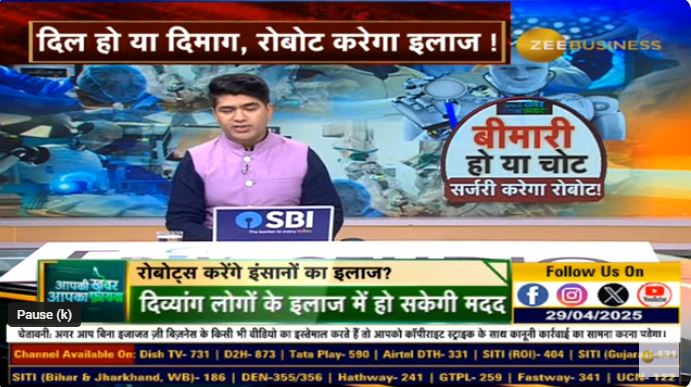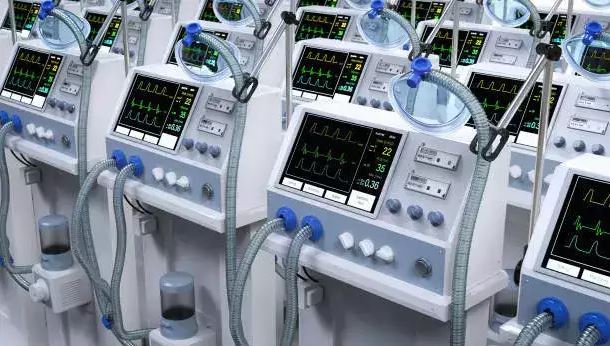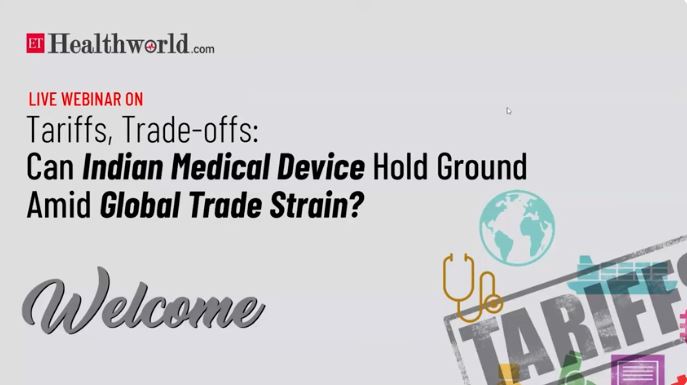The custom duty regime on most medical devices in neighboring countries such as Nepal, Bangladesh, Sri-Lanka, and Bhutan is lower than in India. The duty differential would lead to smuggling of low-bulk-high-value devices.
By Pavan Choudary
Chairman and DG MTaI
As the date for the government to present the Budget 2019 comes closer, the MedTech industry awaits announcements in favor of enhanced accessibility of healthcare to the un-served and under-served. There are a few key areas that will be of special interest to the medical device industry when the Budget is presented on February 1st.
High custom duties adversely impact the costs of medical devices in India. This cost is more critical when considering that more than 70% of critical care medical devices are imported and the use of the devices is bound to rise exponentially as schemes such as AB-PMJAY are implemented further.
The custom duty regime on most medical devices in neighboring countries such as Nepal, Bangladesh, Sri-Lanka, and Bhutan is lower than in India. The duty differential would lead to smuggling of low-bulk-high-value devices. This would lead to not only loss in the government revenue; the patient also receives a device that is not backed by adequate legal and service guarantees.
Another point to note is that even in segments like consumables where China has near self-sufficiency and we are far from that achievement, as can be well confirmed through a third party survey, in 2017 it had reduced their custom duties from 4 per cent to 3.3 per cent for several products to avoid the problem of smuggling and to inject competition in the sector.Considering the above stated issues,we hope for a decrease of custom duties to 2.5% (including all surcharges) in the interest of affordability and to ward off the threat of smuggling of low quality devices into India.
The customs duty on spare parts of the medical equipment is currently charged at a higher rate than the equipment itself. For example Heart Lung Machine attracts basic custom duty of 7.5% & GST of 12% whereas its spare parts like Roller Pump attracts basic customs duty of 10% and GST of 18%. Similarly, GST on Contact Lenses is 12%, whereas the Contact Lens Solution which is an essential part of using Contact Lenses attracts 18% GST. As such, long term viability becomes a challenge as maintenance of the medical device becomes costlier, leading to customers opting for alternate products that may not be the best fit as per their requirement. We recommend that the same customs duty and GST should be charged on spare parts and medical equipment.
Tax Holidays is another incentive that could be provided to medical device R&D centrs under the Transfer Pricing Act to boost investment in setting up in-house R&D capabilities. With the funds saved from such tax reliefs, the companies would be encouraged to inject them to further the R&D expertise by investments, pay dividends to investors and providing further employment by expanding the business. An Oxfam research for US markets suggested that around 50 US companies could collectively save between $312 and $327 bn by bringing back their profits stored offshore under the US government’s tax holiday plan.
Another concern for the industry is the high rate of Minimum Alternate Tax (MAT). MAT has been progressively increasing from 7.5% in 2000 to the present effective rate of 21.34% including all surcharges. Conceptually, MAT is a minimum and an alternate tax and hence it should not be at a rate which is more than 50% of the basic corporate tax rate. The government should look into reducing MAT rate to 15% from the present effective rate of 21.34%, including surcharge and education Cess.
The points stated above tie in with the government’s aim to increase accessibility of affordable healthcare, while maintaining the industry viability as well as helping push the ‘Ease of Doing Business’ ranking of India in the world.




